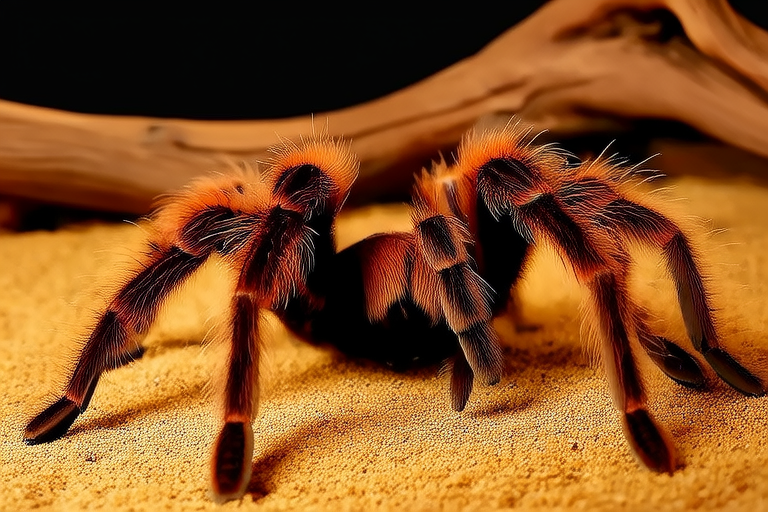How to Care for Your Chilean Rose Tarantula Like a Pro
Welcome to the world of tarantula care! If you’ve recently welcomed a Chilean Rose tarantula into your home or are considering it, you’re about to embark on an exciting journey. These fascinating creatures are not only beautiful but also relatively easy to care for, making them popular pets among enthusiasts. This guide will walk you through everything you need to know to care for your Chilean Rose tarantula like a pro.
Habitat Setup
The first step in providing top-notch care for your Chilean Rose tarantula is setting up its habitat correctly. A well-designed enclosure ensures that your pet remains healthy and comfortable. Start by selecting an appropriately sized tank. For a single adult, a 10-gallon tank is usually sufficient, though slightly larger enclosures can be beneficial.
Substrate is crucial for maintaining humidity levels and providing a natural environment. Opt for coconut fiber or a mixture of peat moss and vermiculite. Avoid substrates that could cause impaction if ingested, such as sand or small gravel. Place a shallow water dish at one end of the tank to allow your tarantula easy access to moisture.
Provide ample hiding spots with cork bark, half logs, or other safe materials. Tarantulas are nocturnal and appreciate dark, quiet spaces where they can retreat during the day. Additionally, include a climbing structure like branches or artificial plants to encourage natural behaviors.
Temperature and Humidity Requirements
Maintaining the correct temperature and humidity is vital for your tarantula’s health. The ideal temperature range for a Chilean Rose tarantula is between 75°F and 85°F (24°C to 29°C). Use a thermometer to monitor these conditions accurately. A heat mat placed under one side of the tank can help maintain the desired warmth without overheating the entire enclosure.
Humidity should be kept between 60% and 80%. Achieve this by misting the substrate occasionally and ensuring proper ventilation. Overly dry conditions can lead to dehydration, while too much moisture may promote mold growth. Regular checks with a hygrometer will help you adjust accordingly.
